Franck Lesbros
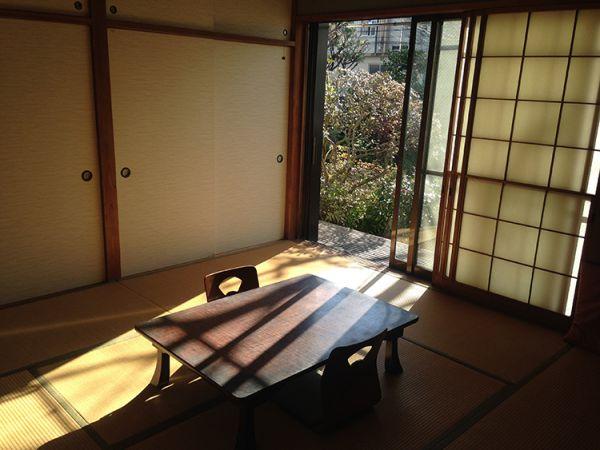
© All rights reserved, Franck Lesbros
Sea of Instability
Sea of Instability is a video film made up of several tableaus conjuring up the sea and its various states. This work tries to evoke the maritime phenomenon through different visual realizations and thus make a parallel with visuals peculiar to art and film. Sea of Instability wavers between attraction and repulsion with regard to a hostile and phantasmagorical environment. The events are climatological (changes of light and colour, rain, clouds, wind, storms, currents) as well as catastrophic (explosions, waves, whirlpools, tsunamis...). We also find appearances of architectures, and remains of urban construction and civilization.
The video’s construct proposes a journey over water, the subject being the sea, its variations, its movements, its colours, its whims and its changes. The sea is a succession of ever-changing landscapes, yet based on a single common element: water. All it needs is a new quality of light, a breeze making its surface quiver, a passing current or a wave in the making for its appearance to be constantly questioned, with its aesthetics permanently developing over time.
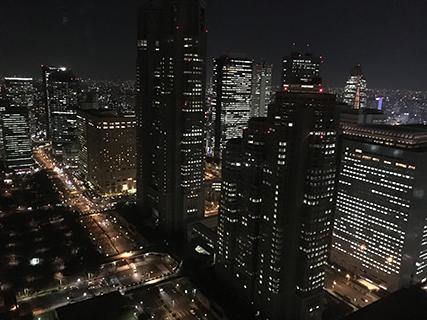
Tokyo is a perfect city for the conception of this kind of video film. The city is in fact located on the Bay of Tokyo, which is the maritime opening onto the Pacific Ocean of Japan’s largest plain. Water is inseparable from the city, which started out as a fishing village. The Tokyo region lies at the crossroads of three tectonic plates (the Philippine plate, the Eurasian plate, and the North-American plate), forming one of the world’s most active seismic zones, the ring of fire. Recent events at Fukushima have dramatically linked seismography and the sea to the island of Japan. Tokyo’s site seems to be both an asset (maritime opening, natural defences) and a risk (floods, sea level rises, tidal waves). Some earthquakes might create waves that are 65 feet high, and alerts are frequently heard, the latest to date announcing a tremor measuring 7.8 on the Richter scale in 2015. This distinctive maritime and seismic feature of the city of Tokyo has influenced the preparation of the video film Sea of Instability.
But in spite of this geographical situation, the sets and events have been recorded in a studio. I have not tried to record any real image, but rather propose imagery solely developed based on language belonging to art, and the construction of an oblique reality. The sea and its movement are just facsimiles, the filming set is made up solely of models and various special effects. Like the sets used by Fellini, a film-maker who often evoked the sea, as in his 1976 film Casanova, the use of special and visual effects lies at the root of the constructions of images. For me it is a matter of re-defining the world surrounding us, questioning the authenticity of the images submerging us, and re-defining the shams, decoys and simulations which are invading our lives, by working their way into all the areas of society to the point of creating a virtual world that is more real than reality.
At the outset, I started by building a blue pool that was far too small; the camera frame was really not right. So I started again with a larger, black pool which I added blue dye to. Then I had to work out the right lighting, always a laborious stage, choosing the lighting appropriate for the project. For the record, there are four appearances of a fish in the video, because I wanted to add a live element, so I tried to make that fish an actor before letting it loose in a pond.
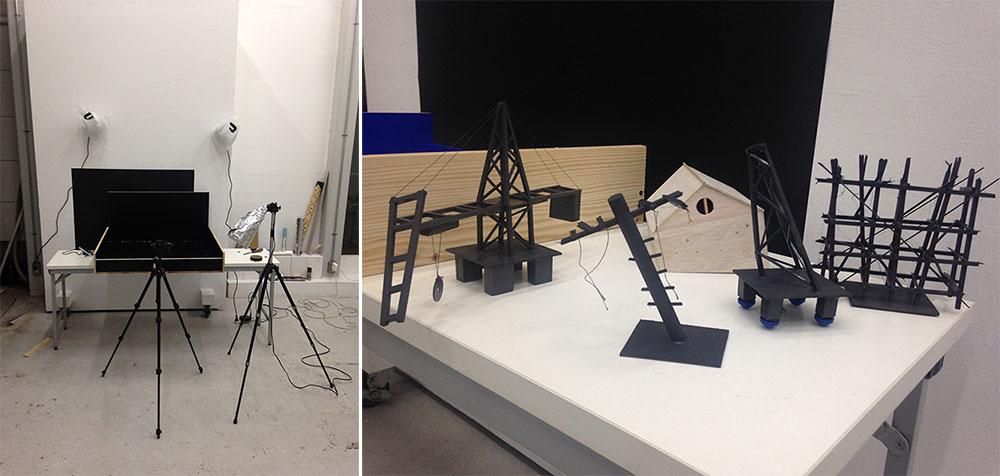
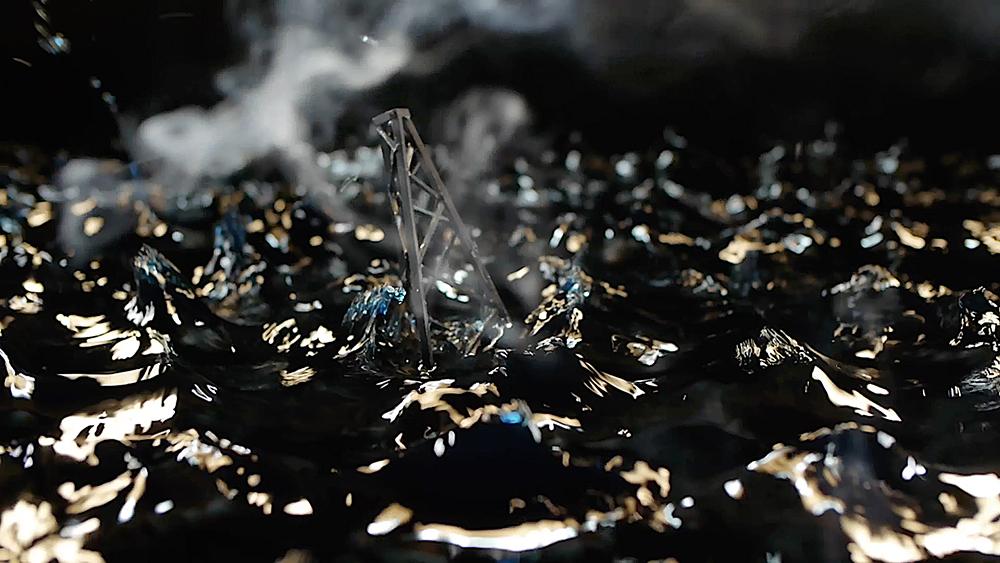
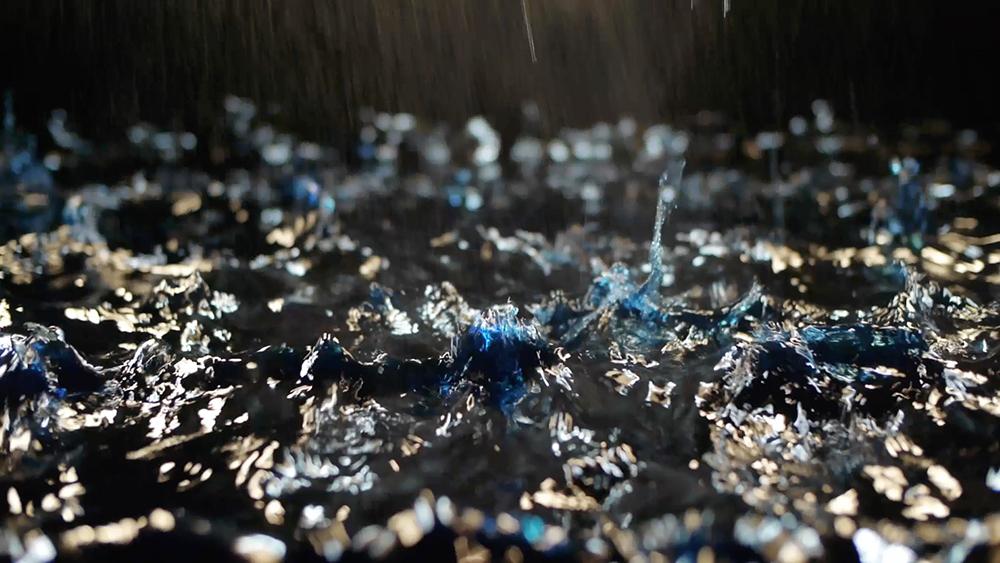
The miniaturization of the sets, scenes and installations assumed its full dimension during the large format screening, with the change of scale thus introducing a disturbing realism, somewhere between reality and fiction. The relation of scale in the representation of a form is a source of fiction, it makes it possible to have the impression of being faced with vast spaces, and thus creating imaginary and poetic worlds. The imperfections assumed in the preparation of models make it possible to introduce a doubt about the reality of the images thus engendered. Akin to the questioning of an artist like Magritte depicting “the treachery of images” in 1920, I nevertheless tend to make use of these representations without belittling the share of imagination and dream contained by the making of these true-false images. What is involved, for me, is re-defining the world that surrounds us, wondering about the authenticity of the images submerging us, re-defining the shams, decoys and simulations which are invading our lives, infiltrating all the spheres of society until a virtual world, more real than reality, is created. Special attention is paid during the editing, in fact, and this latter will determine the pace of the video film and the transitions. The editing is part of the narrative plot of the video film, it can present lengthy sequences and set up an ambience, a mood, a contemplation, as well as short sequences based on cuts, and create events and punctuations in the video film. A storm, for example, can rise up out of a calm, smooth sea. The editing will create the pace, and set up the film’s events and punctuations.
Tenniscoats
On the whole, my way of editing images is often encouraged by sound and tones. Sound provides me with editing tracks. It is often the texture of the images which follow one another. I often work with musicians whom I ask to make sets of different kinds based on the intentions and the desired imagery. This collaboration interests me above all because it enriches my propositions and directs them towards acoustic worlds which I had not imagined at the outset. I wanted to meet Japanese musicians using traditional string instruments, like the Koto and the Shamisen, so that they can collaborate and develop the music of this video.
I had the good luck to meet Tenniscoats, Saya on vocals and Ueno on guitar. They have a large discography and warmly agreed to take part in this collaboration and compose music specifically for the video. I wanted to finish the video so that they could draw inspiration from it for their music, so I sent them parts of the video in advance, then the final project, before they went to the studio to record. I was enthusiastic about the result, I’d just given them a few instructions so as to give them the free hand they needed to produce that spellbinding music, with that voice very like the song of the sirens.
A Few References Between Art, Film and the Sea
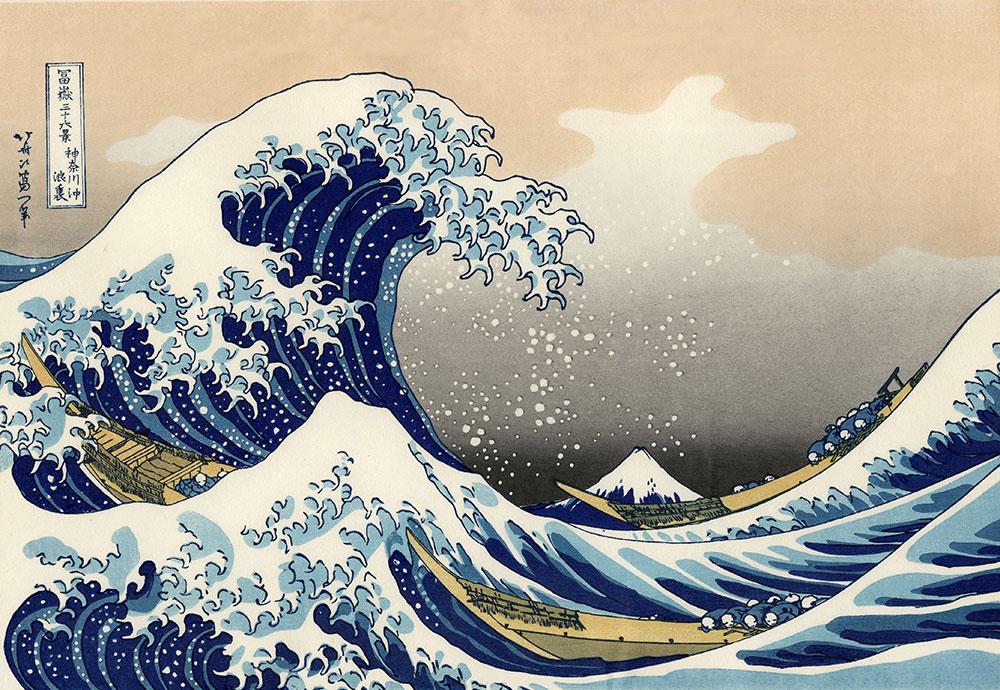
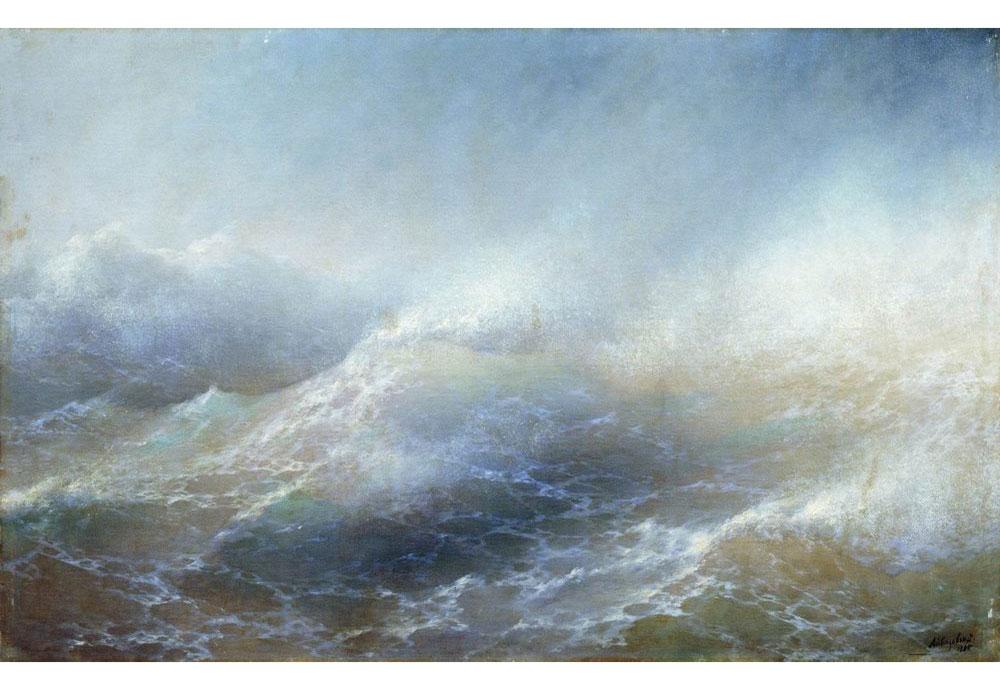
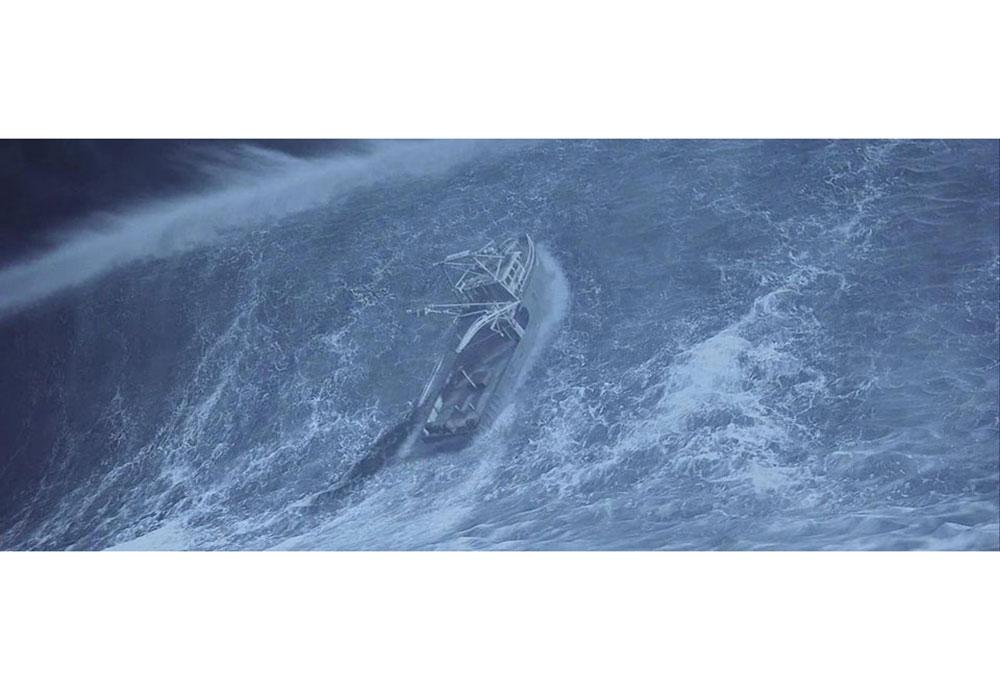
The sea has always intrigued artists and film-makers, and people in general. The Ancients called it “violet” or “vinous”. That made it less tempting to venture into it than plunge into the “grande bleue”—the Mediterranean—during our periods of leisure. Whether they were diehard Greek mariners or solid earthlings like the Romans, they shared one and the same horror and loathing of the sea, and more than anything they dreaded being buried in it. Are we really less anxious these days? When I see Hokusai’s impressive wave, I tell myself that the sea always arouses in us that mixture of beauty and terror. Schiller used the sea to describe the sublime. The “seas” of Michelet, Hugo and Jules Verne offer opportunities for extraordinary lyrical outbursts which have lost nothing of their evocative power. Even tamed, they keep their mystery.
Art and the sea
Seashores were almost systematically present in the 17th century; artists rarely put to sea, so they were only acquainted with it from the shores. Subsequently, and up until the Romantic period, shores were hardly to be seen any more, except in shipwreck scenes. In the 19th century, Waugh produced many works whose sole subjects were waves breaking on rocks. Courbet also produced a certain number . The theme was perpetuated in the 20th century with lots of artists, including Dalshev, Dmitriev, Holcomb, and Pickering… Out at sea, with the exception of a few artists such as Aivazovsky, waves are rarely the only subject of the composition, and tend to describe an atmosphere with varying degrees of naivety and emphasis. In the latter half of the 20th century, photography totally altered things in the pictorial domain, and in the 21st, in addition to the classic media, video also has its place in the representation of watery expanses.
Film and the sea
From the invention of cinema up to the present day, the theme of the sea has appeared in a very large number of films, in very diverse genres. In the early days of cinema, the sea was filmed at a distance, without getting too wet, from the land, an island, or a boat. This was the case with Twenty Thousand Leagues Under the Sea, made by Georges Mélies, in 1907. The condition of various people is highlighted: sailors, fishermen, people living on the coast, and lighthouse keepers. The first neo-realist films made by Victor Sjoström were of this ilk, as was Marcel Lherbier’s L’Homme du large, 1920, to mention just two directors, but there were many others. It must be said that over the past 20 years, screenwriters have been deriving some mischievous pleasure from factoring in the weather, especially at sea. The Perfect Storm, 2000, is probably the film about disaster at sea that has most marked film buffs, based on a historical event. Latterly, we have seen Ang Lee’s Life of Pi (2012), a nice fable describing the quest of a young Indian left to survive on a raft after his freighter sank.